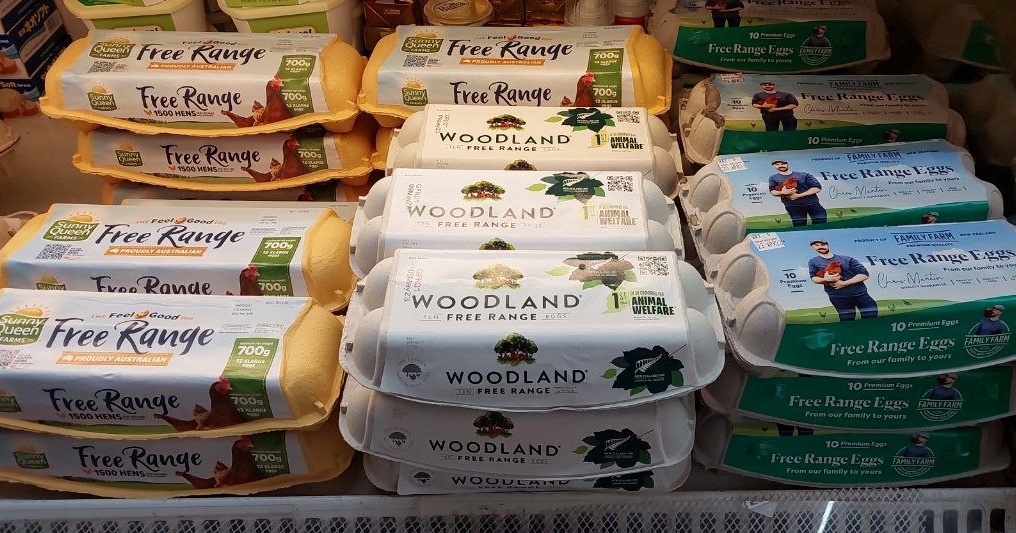If you've been keeping your eyes peeled at the supermarket lately, you might have noticed that free-range eggs have started appearing on the shelves.
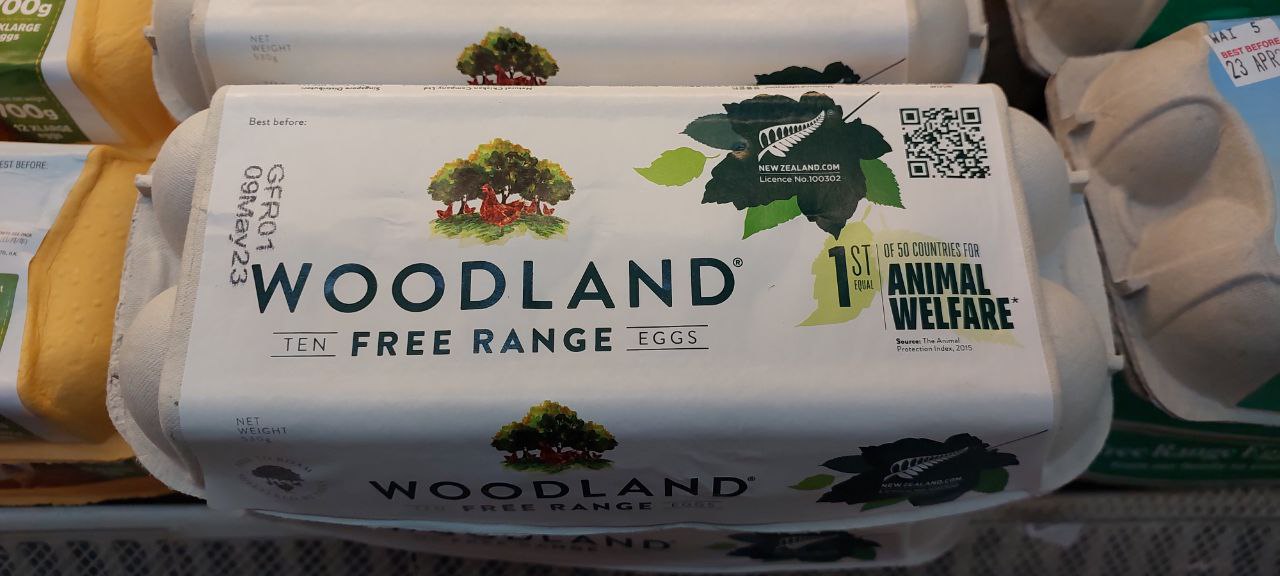
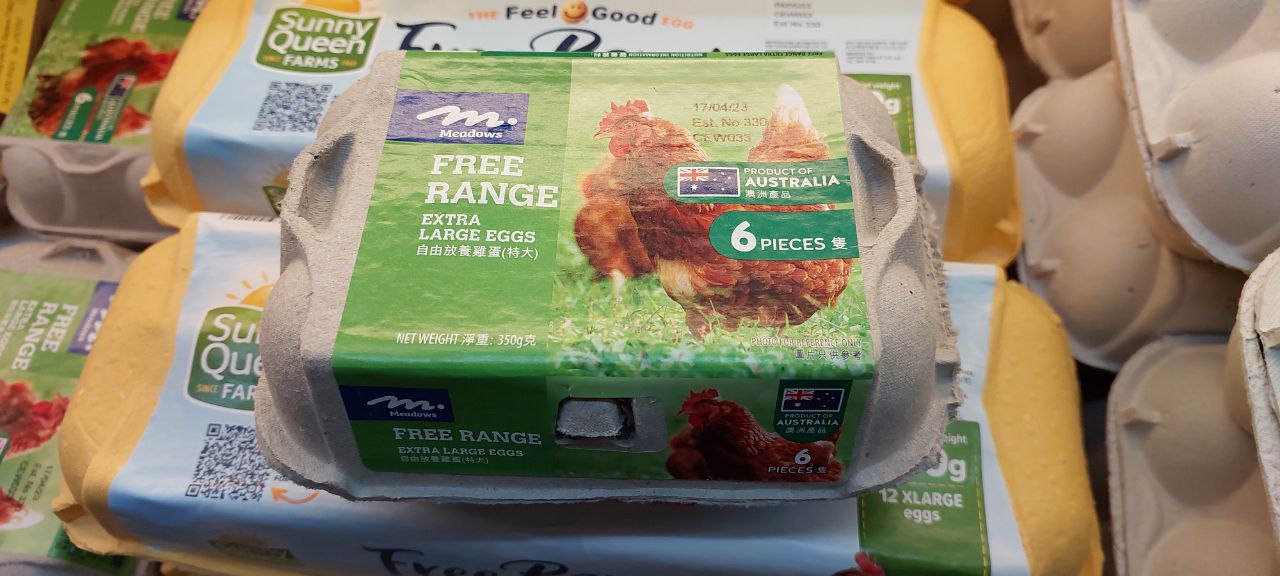
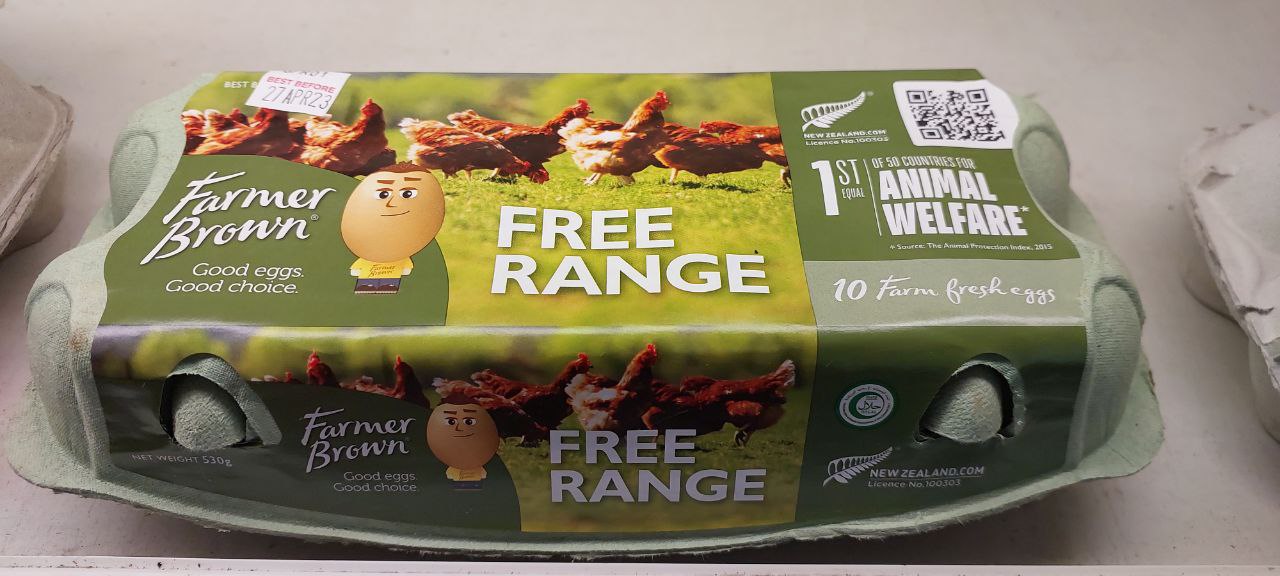
What? Did we not use to have free-range eggs?
Yes, for biosecurity reasons.
As of October 2018, the import of free-range eggs was still restricted because such poultry can be exposed to wild birds that may carry the avian influenza virus.
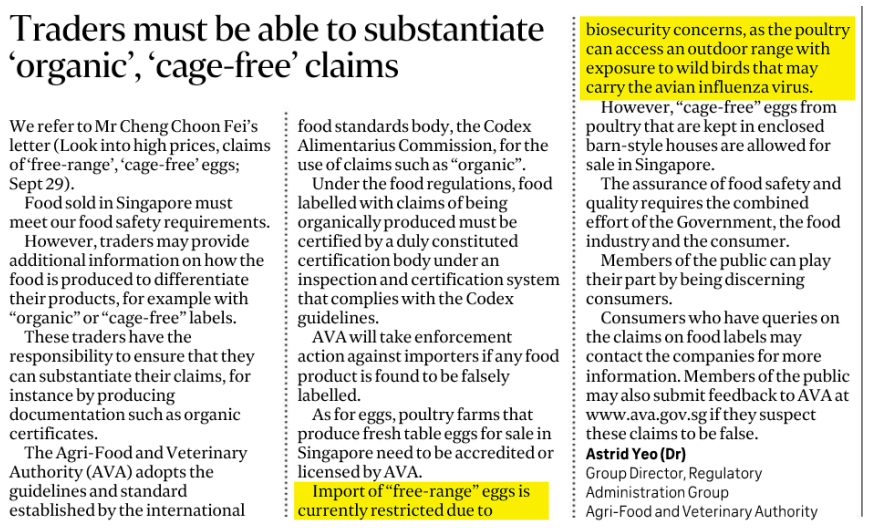 2018 forum respose by the then-Agri-Food and Veterinary Authority.
2018 forum respose by the then-Agri-Food and Veterinary Authority.
Well, that has changed.
Speaking to Mothership, the Singapore Food Agency (SFA) said that since 2020, it has approved some farms with free-range egg production systems from several countries after assessing that they have in place "sufficient measures to address the risks of HPAI (High Pathogenicity Avian Influenza) incursion".
These countries are Australia, Denmark, Ireland, and New Zealand. Other factors such as a farm's track record and biosecurity measures are also taken into account.
What are some possible measures that farms deploy to mitigate the risk of avian influenza?
According to the World Organisation for Animal Health (WOAH), farmers should establish strict biosecurity measures like regular cleaning of their farm premises and equipment. Surveillance is also needed to detect infections early, and sick animals should be culled quickly to contain the spread of the virus.
The WOAH also recommends the use of vaccination, but under very specific conditions.
Diversifying food imports carries risk
Singapore imports over 70 per cent of the eggs we consume.
For a small country like Singapore which imports most of its food, having more sources of food also means being exposed to more threats, for example, an outbreak of bird flu in a particular region.
In the case of eggs, SFA said that it works with the Animal & Veterinary Service (AVS) to assess if a source country has surveillance and control measures in place to ensure that the exported eggs come from poultry free of High Pathogenicity Avian Influenza.
"SFA and AVS also monitor the outbreaks of HPAI worldwide and takes measures to suspend sources that have outbreaks of HPAI. We suspend import of poultry and poultry products from regions affected by HPAI or only allow products that have been heat treated to inactivate the HPAI virus.
In addition, both imported and local eggs are subject to our food safety surveillance programme, which includes inspection and testing."
Free-range =/= free to roam anywhere
If thinking of free-range eggs brings up pictures of idyllic pastures and happy clucking chickens running free in a field that stretches forever, think again.
Free-range layer hens (hens that are raised for laying eggs) aren't technically allowed to run free. If they are, raising chickens would be a super costly affair because farmers would need to replace the hens each time they are eaten by wild animals or injure themselves or simply go missing.
Free-range layer hens are typically given some outdoor space to move around. How much space? That depends on the country.
Australian federal law dictates that the outdoor space for free-range egg farming must have a density of not more than 10,000 hens per hectare of land or one hen per square metre.
Also, to qualify as a "free-range egg" in Australia, the egg must come from hens that are allowed to roam and forage outdoors at least eight hours a day -- and they must be free to choose when they want to go outside and how long they want to stay outside.
Here's a video of free-range egg farming provided by Australian Eggs, an industry services provider for all Australian egg farmers:
Free Range Farming System from Australian Eggs on Vimeo.
New Zealand, on the other hand, has a slightly different set of requirements for free-range eggs. Its Code of Welfare for layer hens require outdoor farm space to have a maximum density of 2,500 hens per hectare. That's about one hen per 4 square metres.
Free-range eggs from Ireland follow the definition prescribed by the European Union: Layer hens must have continuous daytime access to an open-air enclosed space; the space must be mainly covered with vegetation, and the density must not exceed 1,000 hens per hectare (one hen per 10 square metres).
Many differences, but generally, the outcome is that a free-range hen has more space to wander than a hen that is raised in a cage or barn.
Free-range eggs are more expensive
Because of the higher requirements for free-range egg farming, its production costs are much higher compare to conventional caged farming.
Farmers need to spend more money to build bigger farms, and deploy more resources to maintain the outdoor space and monitor the safety of the hens.
Also, because free-range hens are exposed to more external pathogens and manure-borne diseases and parasites, they require more treatment like antibiotics.
All these translate into higher production costs.
On the consumers' side, people are willing to pay more for free-range eggs because they are perceived to be more ethical or healthier. Because of this, producers may be able to charge more for free-range eggs.
All these to say that free-range eggs are very expensive.
On average, free-range eggs here in Singapore cost about three times the price of regular eggs.
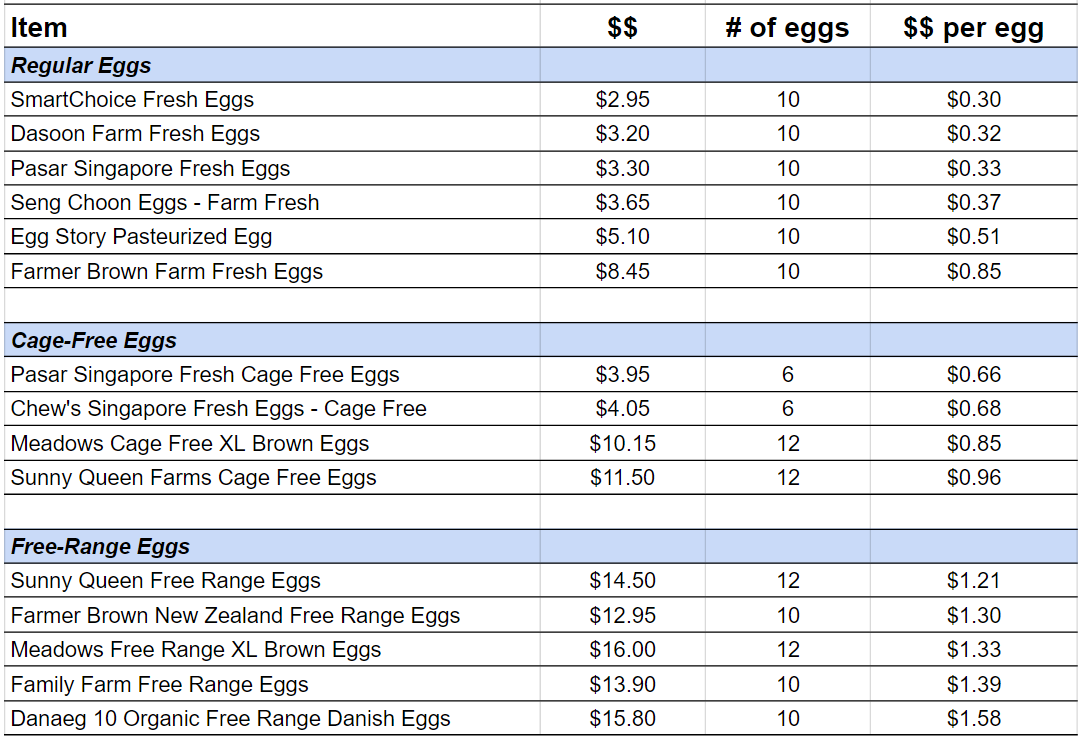
Are free-range eggs really better?
The question at the heart of this is whether free-range farming is better for the hen, and whether it results in better eggs.
Proponents of free-range farming say that it sort of mimics a wild environment, where hens can roam and also forage for insects and plants, which is probably more ethical than keeping hens cooped up in cages.
However, in terms of nutrition, there is no significant difference between free-range eggs and eggs from caged hens. Both types of eggs contain similar amounts of protein, fat, and cholesterol.
Some studies have suggested that free-range eggs may have slightly more vitamin E and omega-3 fatty acids, but the difference is not significant enough to make a significant impact on human health.
All images by Joshua Lee.
If you like what you read, follow us on Facebook, Instagram, Twitter and Telegram to get the latest updates.
